 I’ve previously covered Netbooks, provider of an Integrated SaaS Business Suite for Very Small Businesses.
I’ve previously covered Netbooks, provider of an Integrated SaaS Business Suite for Very Small Businesses.
The company had an affordable On-Demand integrated business management solution for the VSB – very small businesses, the “S” in SMB / SME: typically companies with less then 25 employees, sometimes only 3-5, and, most importantly, without professional IT support, in which case Software as a Service is a life-saver.
NetBooks tried to cover a complete business cycle, from opportunity through sales, manufacturing, inventory / warehouse management, shipping, billing, accounting – some with more success then others. The process logic, the flow between various functional areas was excellent, but it was rendered almost unusable by a horrible UI. And it didn’t scale… so the company disappeared for a long year, completely re-building their code base.
Read on …

 John Wookey has a tough job. The former Oracle Exec, currently EVP @ SAP, the Enterprise Software leader is supposed to charter SAP’s foray into On-Demand – in a company whose bread-and-butter is clearly in installed applications and which still largely considers a threat to its traditional lucrative business.
John Wookey has a tough job. The former Oracle Exec, currently EVP @ SAP, the Enterprise Software leader is supposed to charter SAP’s foray into On-Demand – in a company whose bread-and-butter is clearly in installed applications and which still largely considers a threat to its traditional lucrative business. Quick update on the
Quick update on the 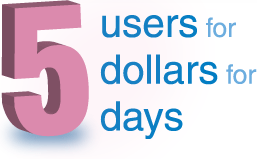
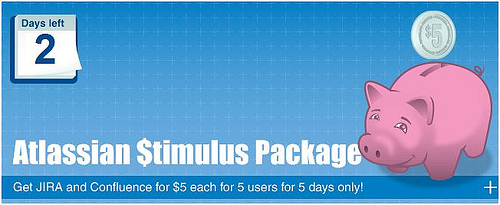
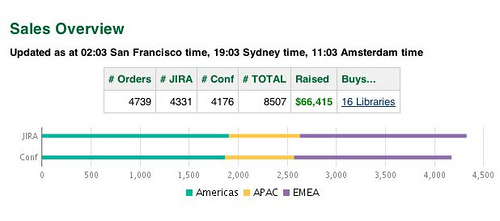
 Ben recently reported on how
Ben recently reported on how 

![Reblog this post [with Zemanta]](https://www.zoliblog.com/wp-content/uploads/HLIC/54e6a3db43b098ecbf5db09e027cb1c1.png)
 I don’t claim to be an expert economist, so
I don’t claim to be an expert economist, so ![Reblog this post [with Zemanta]](https://www.zoliblog.com/wp-content/uploads/HLIC/1e888c58c2f8097a76d183db620f05dd.png)
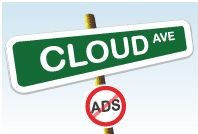 (OK, I sinned. Mea Culpa. I’ve just cross-posted an entire article, which is not the best behavior. But it’s not every day that I
(OK, I sinned. Mea Culpa. I’ve just cross-posted an entire article, which is not the best behavior. But it’s not every day that I  )
) P.S. The CloudAve platform is not exactly in nice order yet. It’s work-in-progress.
P.S. The CloudAve platform is not exactly in nice order yet. It’s work-in-progress. 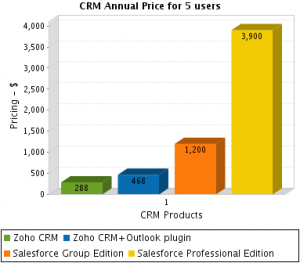

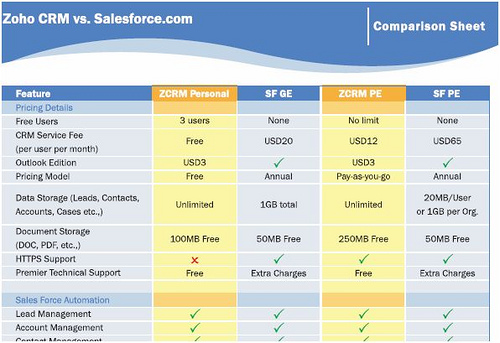
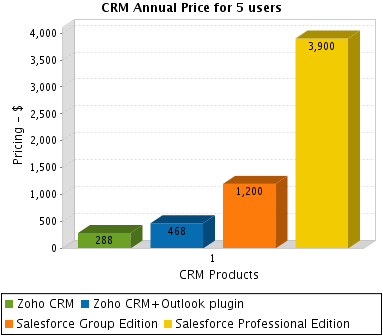
 .
. 

 I’ve
I’ve 

Recent Comments